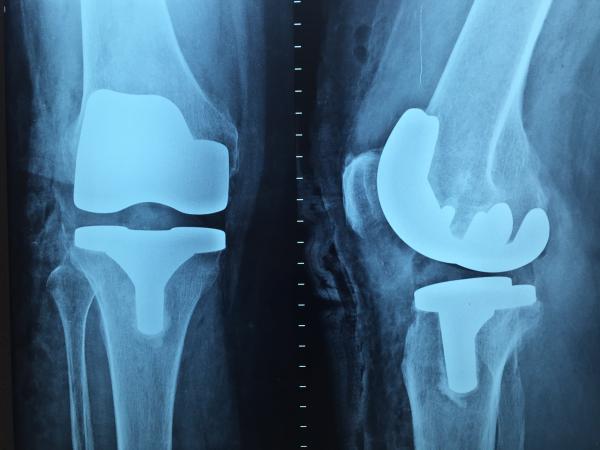Loss of bone density can be a significant issue for adults later in life, especially for those with healthy lifestyles who are living longer than ever. So what's an essential way to build up strong bones while one can?
Play regular, organized sports as a kid and teenager.
Ugh. OK, that's great for them. But that's not much help for those of us over the age of 20. The reason that ship has already sailed for the older set is that once adulthood is reached we are unable to acquire additional bone mass.
But parents with young children should encourage sports participation throughout their early lives as a way of maximizing bone density while the opportunity exists. This particularly applies to adolescent girls, who are most in need of strong bones so that they can avoid being afflicted by osteoporosis later in life.
A newly-released study found that those who regularly played sports as children and teens had stronger bones as an adult, as compared to those who gave up sports or never played to begin with.
Researchers in Australia tracked the physical activities of 984 boys and girls from ages 5 to 17, nearly equally split in terms of gender (52 percent male, 48 female). The goal, according to the authors, was to "investigate the relationship between organized sports trajectories (that capture distinct and potentially meaningful patterns over critical developmental periods) and bone mass at age 20 years."
After studying parental reports of their children's athletic participation at ages 5, 8, 10, 14, and 17, and measuring bone density of all participants at the beginning of their third decade, researchers concluded, after controlling for other factors, that "young male and female adults with a history of consistently participating in sport have a higher bone mass at age 20 years, when the majority of bone mineral has been accrued, than for young adults who either never participated in or dropped out of sport."
The findings were published Wednesday in the Journal of Bone and Mineral Research.
While males who played regularly benefitted most, where better "whole-body" bone density was identified, females fared less well. Even when their sports participation was consistent during their formative years, females were found to have better bone density – but only in their legs.
"Females who dropped out of sport had poorer leg bone mass than females who consistently played sport," the authors noted, "potentially placing them at an increased fracture risk in later life."
Osteoporosis is a condition characterized by substantial bone loss. Gradual weakening or thinning out of bones occurs normally with age, and the longer we live, the less bone mass we have, and the more prone we are to fractures. Advanced age and being a postmenopausal female are the predominant risk factors.
As a result, the stronger the bones are when people are young, the less likely they are to fracture easily later in life. And bones are strengthened when weight-bearing loads are placed upon them. In later years, adults can exercise to keep bones strong, but after roughly age 20 they cannot increase their density. Meanwhile, a lack of weight training or exercise will result in bone density loss.
So for those still in position to enhance their bone density, the message is abundantly clear: sports participation is vital for long-term skeletal benefit. Or in other words, those of which appear in the study, "Osteoporosis prevention strategies that include approaches to maximizing peak bone mass remain an integral way of offsetting the risks of osteoporotic fracture in later life."




